Many members of the baby boomers generation are heading into retirement with a smaller-than-hoped-for nest egg. Some are coping with this shortfall by moving to a country where the cost of living is much lower than in the U.S.
In fact, in these places, you might be able to live comfortably on just Social Security payments and a small amount of savings.
Where is the best place to execute this strategy? It depends on your requirements, finances and tolerance for adventure.
Before you move, do your research. Carefully investigate the local real estate market, laws and taxes. To get you started, here is a sampling of the best places experts recommend for a good — but frugal — retirement:
1. Cayo, Belize

Belize, a tiny Central American nation on the Yucatan Peninsula, is home to a large American expatriate community. The weather is kind, costs are low, and the country’s official language is English. The Cayo District — with a population of roughly 72,000 — is a jumping-off point for ecotourism adventures.
Belize is graced with more than 180 miles of coast, thick rain forest, and Maya ruins; and beneath its Caribbean waters lies one of the most extensive barrier reef systems in the world.
North American retirees can live there inexpensively. Investopedia says:
… a frugal couple living in modest housing can get along just fine on around $1,200 per month. Retirees who are willing to pay a bit more in return for greater comfort and convenience should expect regular costs above $1,700 for a couple, not including alcoholic beverages or substantial travel.
2. Puerto Vallarta, Mexico
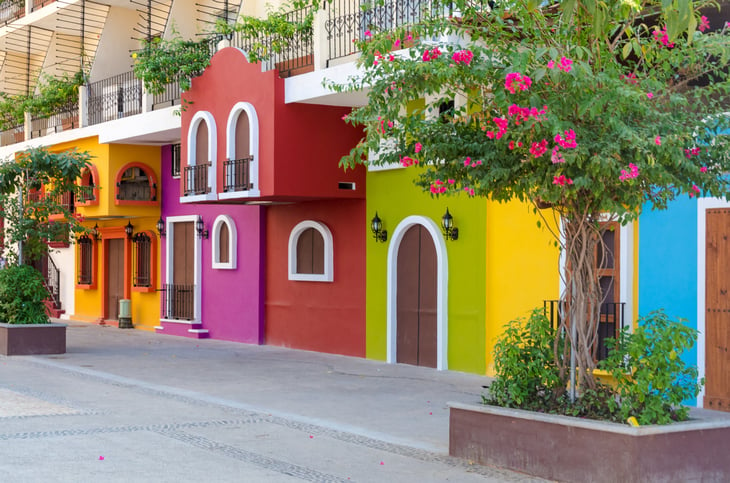
Many retirees prefer living within a short plane ride of the United States. Mexico — with its low costs, warm weather and tradition of hospitality — fits the bill. Puerto Vallarta is on Mexico’s Pacific coast, in the state of Nayarit.
“Its combination of first-class urban amenities and charming palm-fringed villages have made it an appealing retiree draw,” says AARP The Magazine. Some 50,000 expatriates live in Puerto Vallarta, according to U.S. News & World Report.
A two-bedroom furnished apartment with an ocean view can be had in Puerto Vallarta for around $1,000 a month — and less as you move further inland, International Living.com editors say in an article published by the Huffington Post.
Safety is an important consideration today in Mexico, so make it part of your research. Reports from American visitors and residents there vary widely. While some parts of Mexico suffer from extreme gang violence, others are safer. Be sure to check the U.S. State Department’s Mexico travel advisory.
3. Atenas, Costa Rica

Costa Rica is another retiree destination within relatively quick and cheap reach of the U.S. Like Belize, it is warm, inexpensive and beautiful. AARP says:
U.S. retirees have flocked here for years, drawn by its mild climate, its prosperity (relative to other Central American republics), its literacy rate, its health care, and, significantly, its stable government –with no army.
Atenas is a small mountain town of about 5,000 — home to coffee plantations and Spanish-language study programs. It is also a mountain biking mecca, and the residents are proud of their ideal, temperate climate, says CostaRica.com.
Remember, though, that this is the developing world. Retirees who expect Costa Rica to be just like home but cheaper are in for a rude surprise, says a Marketplace profile of the region. Potential difficulties include intense bureaucracy, some crime, a rainy season and a level of development that can be rudimentary compared with the U.S.
The level of amenities varies a good deal from place to place. Investopedia writes of “modern cities full of cultural attractions and entertainment venues, reliable infrastructure and access to high-quality health care”:
If you are a single, budget-conscious retiree, you can live very comfortably in Costa Rica for about $1,300 to $1,600 per month. A couple can cut per-person costs even further by sharing housing expenses.
4. Panama City, Panama
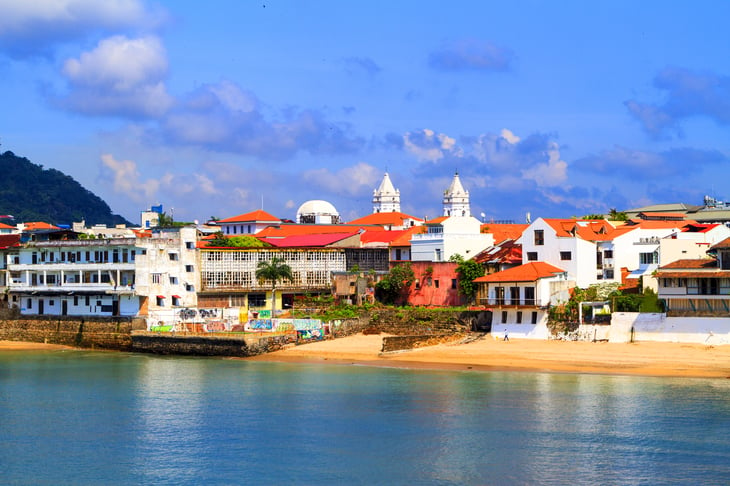
Once considered a cheap retirement haven, Panama and its charms have been discovered. Costs are rising. Kathleen Peddicord, of Live and Invest Overseas, writes at U.S. News & World Report:
You can live modestly in this city on a budget of $1,500 per month, but a more realistic monthly budget for an average couple of retirees would be $2,000.
Costs are lower outside Panama City. In Pedasi, a town of about 2,500 on the Pacific Ocean, “a couple could definitely live like they did in the States for $2,000 per month, and this would be living well,” a U.S. expat tells The Street.
Panama’s attractions are many: Health care is excellent and can be inexpensive, depending on where you go. Spanish is the official language of this Central American nation. The currency is the U.S. dollar, which means Americans need not worry about losing value to exchange-rate fluctuations.
5. Lake Atitlan, Guatemala

Life at Lake Atitlan — in the Mayan highlands of the Sierra Madre Mountains — is an exotic adventure. Simon Fairbairn and Erin McNeaney, a blogger couple who call themselves “digital nomads,” tracked their spending to the penny during their two and a half months in San Marcos, on Lake Atitlan.
They were there during high season (November to January) in 2014 and say that their accommodations — $700 a month for a modern studio apartment overlooking the lake — were on the higher end. The couple’s total expenditures averaged $1,408 per month.
Mayan traditions are still very much alive in the lake region, which is about 75 miles from Guatemala City.
6. Buenos Aires, Argentina
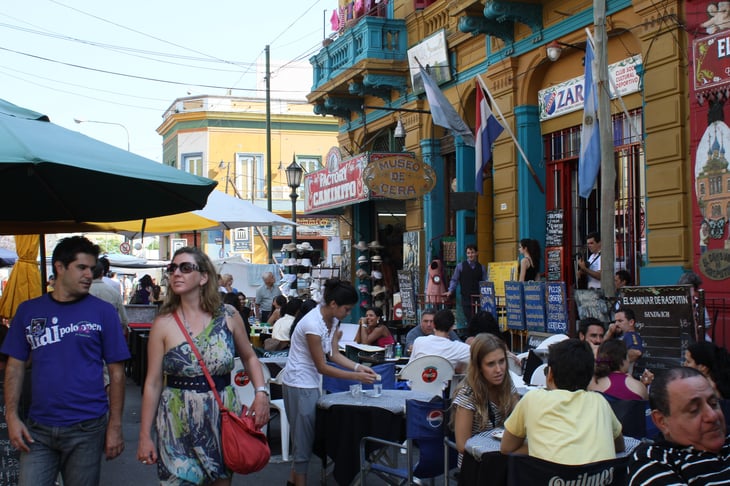
In a good Buenos Aires neighborhood, an apartment can be rented for less than $500 a month, according to Bankrate. Sophisticated transportation, communications and internet services are cheap, and health care is a bargain, too. Entertainment can be cheap, but the prices in European-style restaurants are on par with those in the U.S.
“Depending on where you live and your lifestyle, it’s possible to live comfortably for about $1,000 a month if you’re on your own, or about $1,500 a month if there are two of you,” and life in rural Argentina is considerably cheaper, says Investopedia. A cautionary note: Inflation has been high in Argentina. Keep an eye on the country’s economy and politics if you are interested in moving there.
7. Chiang Mai, Thailand

One American retiree in Chiang Mai, Thailand, tells Bankrate, “for under $2,000, I live like a king.” Thai people are gracious, the food is delicious and inexpensive, and Chiang Mai — a culturally rich city of about 148,000 in the country’s north — is home to many Westerners. The health care system is good, and medical costs are low, Bankrate adds.
8. Granada, Nicaragua
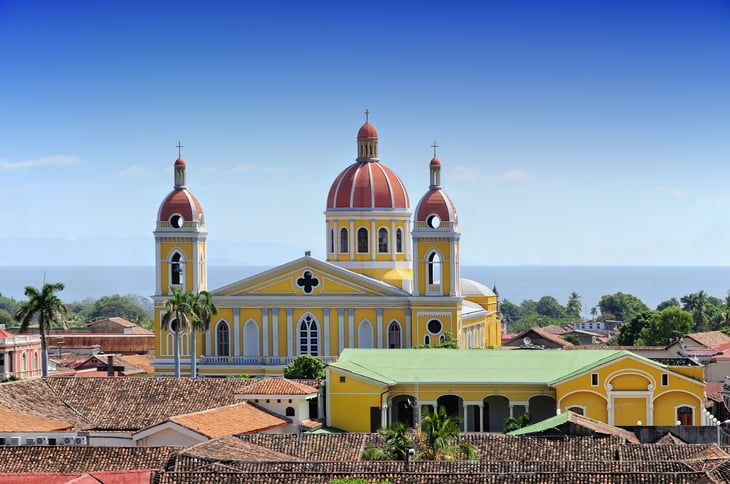
North Americans find the cost of living low in the Central American country of Nicaragua. Granada, a colonial town on the shore of Lake Nicaragua named after the Andalusian city in Spain, was founded by conquistadors in the mid-16th century. Today, it attracts a small community of American expats. Bonnie Hayman of International Living calls Nicaragua the “safest country in Central America.”
Colonial homes with high ceilings, painted tiles and private courtyards can be purchased in Granada for as little as $40,000, Kathleen Peddicord writes at U.S. News & World Report. High school sweethearts Pat and Rich Buff, who moved to Granada from Austin, Texas, tell International Living that they live comfortably there for $1,200 to $1,500 a month.
9. Languedoc-Roussillon, France
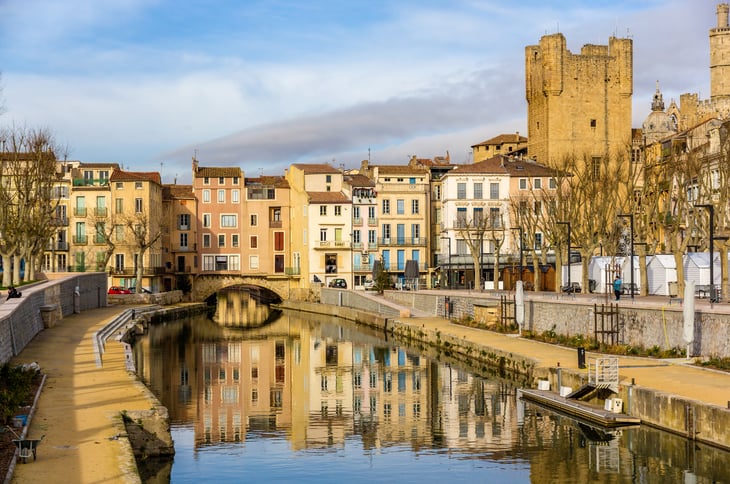
You’d think France would be unaffordable for U.S. retirees. But those who live there say “The Languedoc,” as the region also is called, is “French country living at its best and most affordable,” as Next Avenue contributor Richard Eisenberg writes in Forbes.
Fast internet speeds are a big plus, but high taxes are a definite minus. Still, that is a quibble. This is, after all, France, and Languedoc-Roussillon is home to France’s largest wine-producing region, lovely old villages and Mediterranean beaches.
According to Live and Invest Overseas:
Languedoc-Roussillon boasts so much to see and do, from Europe’s largest nudist beach, skiing in the Pyrenees, canoeing and cycling to the UNESCO sites of the medieval Cathar citadel at Carcassonne, the Canal du Midi, fantastic markets, theater and shows in the Roman capital Montpellier, and endless village festivals.
Retiring in the south of France is not cheap, but homes in the Languedoc can be affordable by American standards — from $138,400 to $320,000 to purchase, according to InternationalLiving.
10. Algarve, Portugal
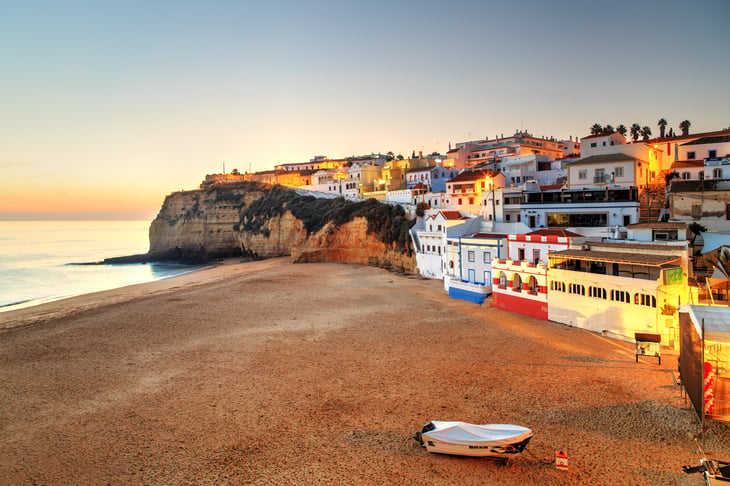
Some 100,000 expats call the Algarve region of Portugal’s south their home, says U.S. News & World Report. Among the reasons: great weather, medieval towns and fishing villages, warm beaches, farmers markets, excellent local wines, safety, good health care and prices about 30 percent lower than elsewhere in Portugal.
English is spoken widely, the food is excellent, and Portugal does not tax retirement income. Just remember that the U.S. does levy income tax on citizens living abroad.
11. Medellin, Colombia
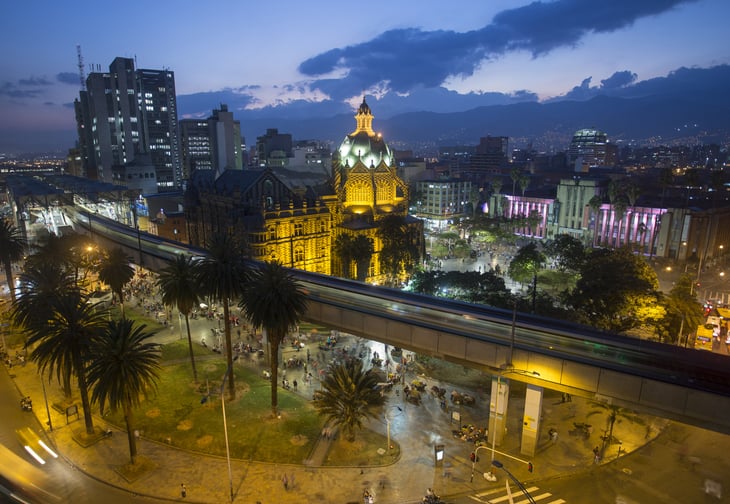
A few decades back, Colombia’s second-largest city was best known as the home of drug lords and gangsters. But according to The Guardian, the city has reinvented itself as a lively, fashionable place — and it’s much safer.
The current weakness of the Colombian peso against the U.S. dollar makes it a bargain for Americans, writes resident Suzan Haskins at International Living:
For example, an upscale 1,300-square-foot two-bedroom/two-bath condo was selling in Medellín’s trendy El Poblado neighborhood in 2013 for 300 million pesos. That was about $170,500. Today, thanks to the flagging peso, that same condo would cost you just $90,900.
Medellin, located in the mountains of Antioquia province, is warm throughout the year and you can live comfortably for $2,000 a month, writes Senior Planet. The website interviewed Larry Rose, a California retiree. Rose says he and his wife spend $350 a month for a four-bedroom apartment “with veranda, garage, two baths, a large living room and a dining room in one of nicest neighborhoods in Medellin.”
Have you considered living out your retirement as an expatriate? Are you already living abroad as a way of making ends meet? Share with us in comments below or on our Facebook page.




Add a Comment
Our Policy: We welcome relevant and respectful comments in order to foster healthy and informative discussions. All other comments may be removed. Comments with links are automatically held for moderation.